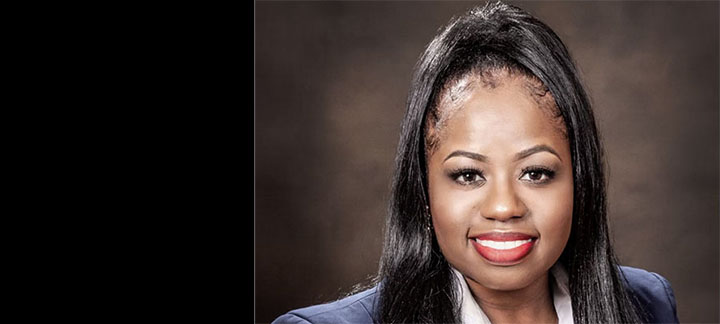
Creating generational wealth has been a topic of discussion for the Black community for many years. The term racial wealth gap technically refers to racial wealth inequality. It is the difference in assets owned by different racial or ethnic groups, such as Black, White, Hispanic, etc.
This gap results from a range of economic factors that affect the overall economic well-being of these different groups. The term reflects disparities in access to opportunities, means of support and resources. Data from the 2019 Survey of Consumer Finances examining assets such as savings, investments, retirement, and pensions, and especially home ownership, revealed that White families had eight times the wealth of Black families and five times the wealth of Hispanic families.
Income inequality housing policies, limited educational opportunities, and a lack of support structures are some of the factors that contribute to the gap. Recent studies show a growing gap since the civil. At middle and older ages, for example, the median wealth of White families with an unemployed head of household had almost doubled the wealth of black families with a fully employed head of household, according to a 2017 article in the Federal Reserve Bank of Saint Louis Review. American Indian and Alaska native households have a lower median income than Black, Hispanic and White households based on 2013 through 2017 census data. Asian Americans represent the highest earning racial and ethnic group in the United States, however, not all share equally in the wealth. Lower income Asian Americans have not kept up with the gains in income experienced by their counterparts in other racial groups between 1970 and 2016. As a result, the disparity between high and low- income Asian American households is higher than it is between high and low- income Black, Hispanic, or White households.
The racial “wage” gap is also a topic that you will often hear about. It is defined as the difference in earnings from labor among different races and ethnicities. The “wealth” gap describes the disparity of cumulative assets across races and ethnicities. This disparity results from differences in income and in the historical accumulation of assets across generations. So basically, the racial wage gap is the gap that occurs from your employer or employers who paid differently based off of race. The racial wealth gap is a combination of the race gap from generations.
The broader concept of wealth stands as an important measure of economic health. It predicts the ability to survive financial instability, such as periods of unemployment or low income, as well as to save for education and provide for retirement and an inheritance for offspring. It’s also important to consider general trends of wealth accumulation overtime. Overtime income inequality can cause a disparity in wealth.
Having stable, high wages provides the opportunity to put away money while maintaining a decent standard of living, which is important in creating wealth. Minorities also have significantly less. Access to housing, wealth and government policies have kept them from accessing it.
A recent article by Goldmen Sachs states, “Goldman Sachs research has shown that one of the fastest ways to accelerate change and effectively begin to address the racial wealth gap is to listen to and invest in Black women.”
Here are some recent stats; Black women remain heavily disadvantaged across a broad range of economic measures, including wealth, earnings, and health, The median single Black woman owns 92% less net wealth than the median single White man. Lower levels of earnings for Black households account for about 2/3 of the average wealth gap, while the remainder is largely explained by financial factors, including access to capital and investment opportunities, personal finances, financial information, and unaffordable and inadequate housing.
It is critically important that we understand both the racial “wealth” and “wage” gap and what it takes to bridge and close that gap. Over the last 20 years, the wage gap between Black women and White women has increased from 10% to 15%. #BankWithBea [email protected]
